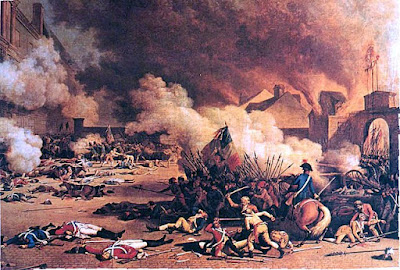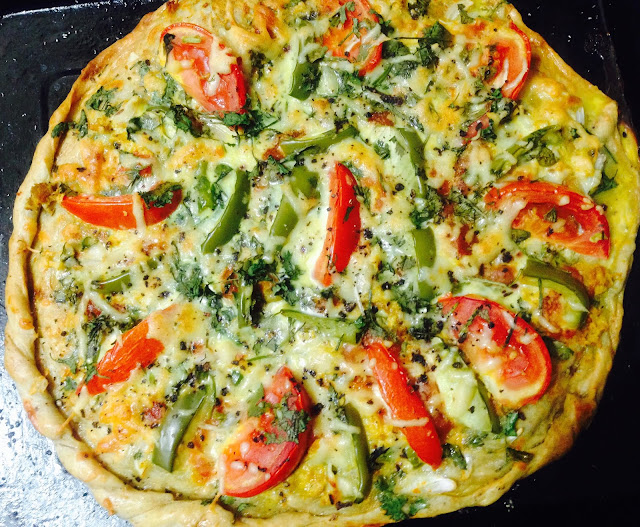Modern Political Revolution
The modern political revolution
The modern political revolution is a book written by M.J.Mayans and Ann Walter. Revolution is something that the purpose is to change the previous system and want to establish a new system. The authors are talking about all the revolution that occurred from the 18th century to the late 20th century which occurred in the different parts of the world. The local revolution that is a grassroots revolution but which are also connected to the global revolution had importance in the global period. There is a limitation to previous revolutionary books. R.R.Palmer wrote a book named “Age of Democratic Revolution”. A political history of Europe and America. It was written on the elite perspective and ignoring the facts of mass people. Based on ideas by Karl Marx, Hobsbawm’s “dual revolution” mainly focused on the West but not East and the entire globe.
The authors give an example of how revolutions were connected. The French revolution was influenced by the American revolution. According to Peter Linebaugh and Marcus Rediker, sailors and slaves who met and talked on shipboard and in port cities helped to construct a grassroots. The ideas and tactics were spread by them. They wanted the rights of men and citizens. In France, it was a monarchy period and this ended with enlightenment movement under the dictatorship of Napoleon who was inspired by liberal and radical ideas that were seen in the American revolution. There is a similar condition as both Americans and French want independence. So, it the grassroots from where ideas passed and created a revolution. In the street of Paris and elsewhere, many wearing the red bonnets and cockades manifesting support for the revolution. In 1789, women marched from Paris to Versailles. It was only of liberty, equality, and fraternity.
Haiti's revolution was influenced by the French revolution. The slaves were directly influenced by the news spread from the other slaves who knew about the french revolution. They wanted human rights and it expanded to claim racial equality. In 1799 Napoleon sent French forces to defeat Toussaint’s quest for political autonomy. Toussaint was imprisoned but still, they won against the French force and Haitian independence was declared in 1804.
Haiti's revolution was influenced by the French revolution. The slaves were directly influenced by the news spread from the other slaves who knew about the french revolution. They wanted human rights and it expanded to claim racial equality. In 1799 Napoleon sent French forces to defeat Toussaint’s quest for political autonomy. Toussaint was imprisoned but still, they won against the French force and Haitian independence was declared in 1804.
Java Revolution to some extent was influenced by the Haiti revolution or American revolution. The revolution was against the Dutch East India Company. During the French revolution, they got the country as a form of indirect administration. There were a lot of wars by various European colonial powers. After Napoleon defeated java returned to Dutch in 1816. They dominated agriculture production and land control by European demands. Taxes became more oppressive bu Chinese tax collectors. Travelers were forced to stop for searches and tolls payment. It became sites of new trade of prostitution and opium sale. The revolution was between 1825 and 1830 and after a war, a new county emerged as Indonesia. They use strategies of the previous anti-colonial movement. Authors focused mainly here how this anti-colonial movement was produced against colonialism exploitation.
China's revolution also started with the reaction of colonialism exploitation. China also influenced by the global anti-colonial movement. The British East Indian Company had been encouraging Indian peasants to produce opium. British and Indian merchants sold this opium in China so that they can produce tea and other commodities like porcelain and silk. The Chinese government was against it. In 1839, Lin Zexun an official who was given in charge and he destroyed 20,000 chests of opium. British troops attacked and defeated the Chinese. The British demanded tea and so this affects agriculture production. Then the Taiping Rebellion started from 1850 to 1864. There was a great war but it was a failed revolution. It had the long-term consequence of weakening Imperial rule and contributing to the eventual overthrow of the dynasty. The same thing happened in India. It was for trade relations, imperialism, and missionary activity. The Indian Rebellion began in 1857 and ended in 1858.
China's revolution also started with the reaction of colonialism exploitation. China also influenced by the global anti-colonial movement. The British East Indian Company had been encouraging Indian peasants to produce opium. British and Indian merchants sold this opium in China so that they can produce tea and other commodities like porcelain and silk. The Chinese government was against it. In 1839, Lin Zexun an official who was given in charge and he destroyed 20,000 chests of opium. British troops attacked and defeated the Chinese. The British demanded tea and so this affects agriculture production. Then the Taiping Rebellion started from 1850 to 1864. There was a great war but it was a failed revolution. It had the long-term consequence of weakening Imperial rule and contributing to the eventual overthrow of the dynasty. The same thing happened in India. It was for trade relations, imperialism, and missionary activity. The Indian Rebellion began in 1857 and ended in 1858.
The authors have shown us in a very good way how local revolutions are connected and how words spread from another. People learned their rights, the equality they deserve. They also learned to use strategies that worked against them. It shows how people formed in the group, worked together and won against the ruler. As a whole, they are all globally influenced.




Nice blog and very interested
ReplyDeletenice one...keep it up
ReplyDelete